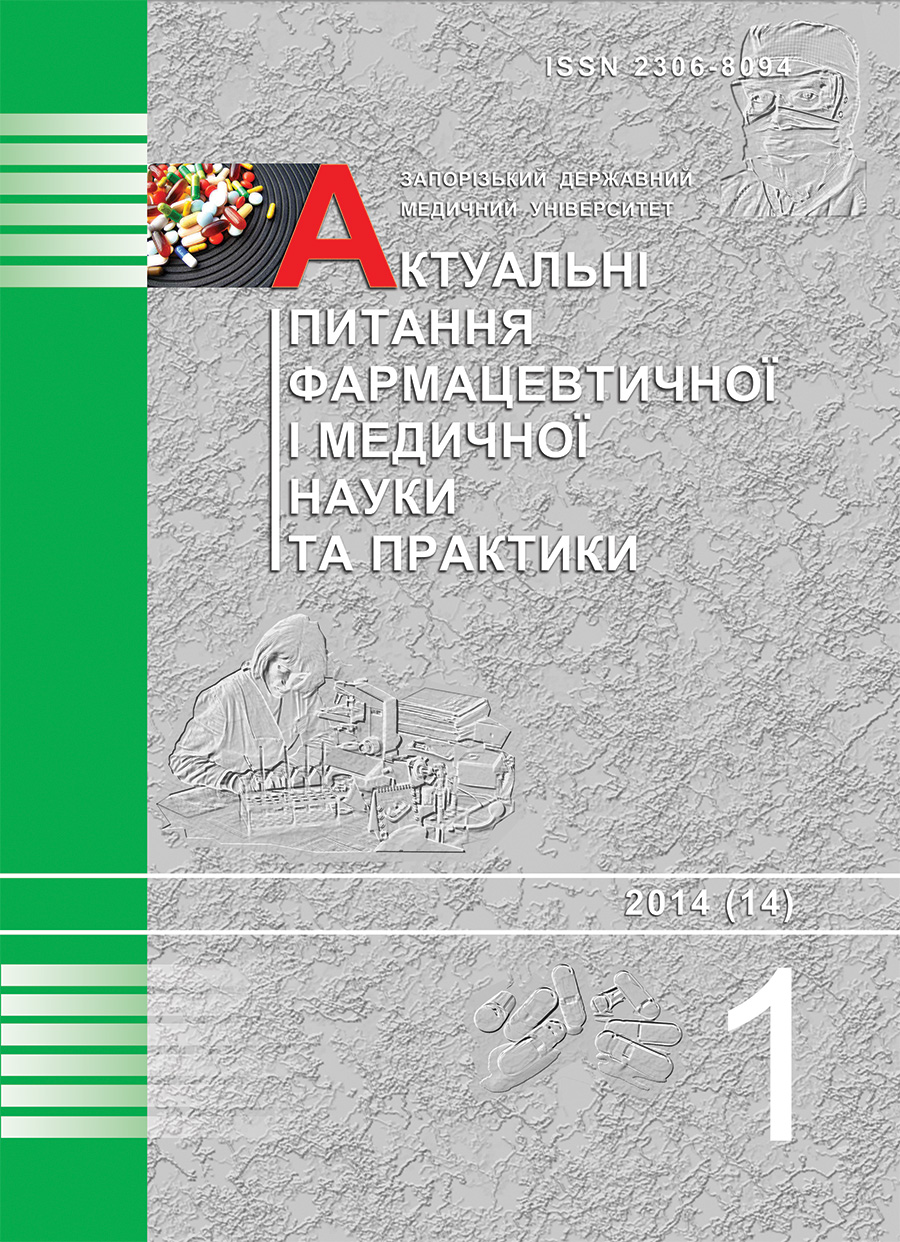OPTIMAL PARTICLE SIZE DEFINITION DURING COOPERATIVE EXTRACTING OF DIFFERENT TYPES OF HERBAL RAW MATERIALS WHICH COMPRISE INTO INFUSION COMPOSITION «VENETON»
DOI:
https://doi.org/10.14739/2409-2932.2014.1.24652Keywords:
extraction, herbal raw materials, mathematical planning, particle sizeAbstract
According to previously carried out research of pharmaco-technological characteristics establishment of every herbal raw material it has been defined that herbal collection includes herbal raw material of different anatomo-morphological structure. It can be reflected in the dynamics of its extraction. As a result the raw material which is completely exhausted will be saved in the extractor as ballast and the duration of the process will depend on the raw material which is extracting more slowly. It is supposed that the main factor to solve the problem of different kinds of herbal raw materials combined extraction will be particle dispersity. Reducement of fragments, external power action (mixing), time, temperature, extragent volume, phase contact surface, raw material and extragent correlation, kind of extragent play the main part here.
The object of the investigation was the collection which includes Horse Chestnut, Sophora japonica, Corylus, Ononis arvensis, Melilotus officinalis, Chelidonium, Sórbus. The extraction has been carried out by 40 % ethanol that has been chosen in regard with the research data. The dynamics of raw material extraction with particles of 1, 3, 5,7 mmhave been investigated. The estimation of the research has been held according to extractive substance (y1) and ballast substance extrusion with different correlation of raw materials to extragent and extraction time. Extractive and ballast substances have been determined according to well-known method. The processing of experimental data has been conducted by means of the mathematical packet MatCad.
Method of mathematical planning has been used for particle size optimization of multicomponent collection of each kind. In the processing of experimental data mathematical dependences have been received. They determine the meaning of every system answer in the parameters diapason. Particle size influence research and time culmination of even concentration on extraction of extractive and ballast substances have been held within type 22 experiment. Thus, the use of empiric equation during the processing of experimental data gave the opportunity to estimate and choose qualitative factor by means of analytical way having limited experimental points quantity. It allowed to optimize particle size of each kind of collection using the multicriteria optimization.
References
Державна фармакопея України / Державне підприємство «Науково-експертний фармакопейний центр». – 1-е вид. – Х. : РІРЕГ, 2001. – 556 с.
Куценко С.А. Обґрунтування вибору екстрагенту для екстрагування багатокомпонентної суміші лікарської рослинної сировини для лікування варикозної хвороби вен / С.А. Куценко // Актуальні питання фармацевтичної і медичної науки та практики. – 2012. – № 1. – С. 10–12.
Николашкин А.Н. Очистка извлечения в производстве настойки сушеницы топяной / А.Н. Николашкин, Н.Г. Селезенев, Д.М. Попов // Вестник ПГФА. – 2010. – № 7. – С. 146–148.
Редченкова В.Н. Анализ требований некоторых фармакопей, предъявляемых к экстрактам / В.Н. Редченкова, О.М. Хишова // Хим.-фармац. журн. – 2006. – Т. 40. – № 1. – С. 37–40.
Фармацевтична композиція для виготовлення лікарських препаратів у формі крапель або капсул. Патент №68593, Україна, МПК(2012.01) А61К36/00 заявл. 28.11.11, опубл.26.03.12.Бюл. №4.
Handa S.S. Extraction Technologies for Medicinal and Aromatic Plants. International centre for science and high technology / S. Handa, S. Khanuja, G. Longo, D. Rakesh // Trieste. – 2008. – P. 21–25.
Lapornik B. Comparison of extracts prepared from plant by-products using different solvents and extraction time / B. Lapornik // Journal of Food Engineering 2005. – V. 71. – Р. 214–222.
Downloads
How to Cite
Issue
Section
License
Authors who publish with this journal retain copyright and grant the journal right of first publication with the work simultaneously licensed under a Creative Commons Attribution License that allows others to share the work with an acknowledgement of the work's authorship and initial publication in this journal.


